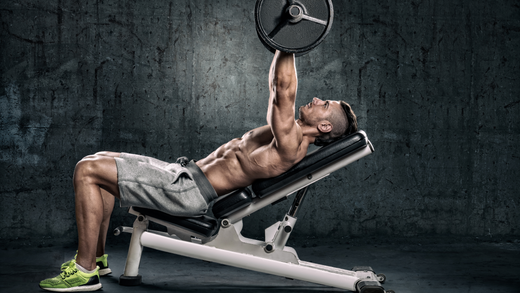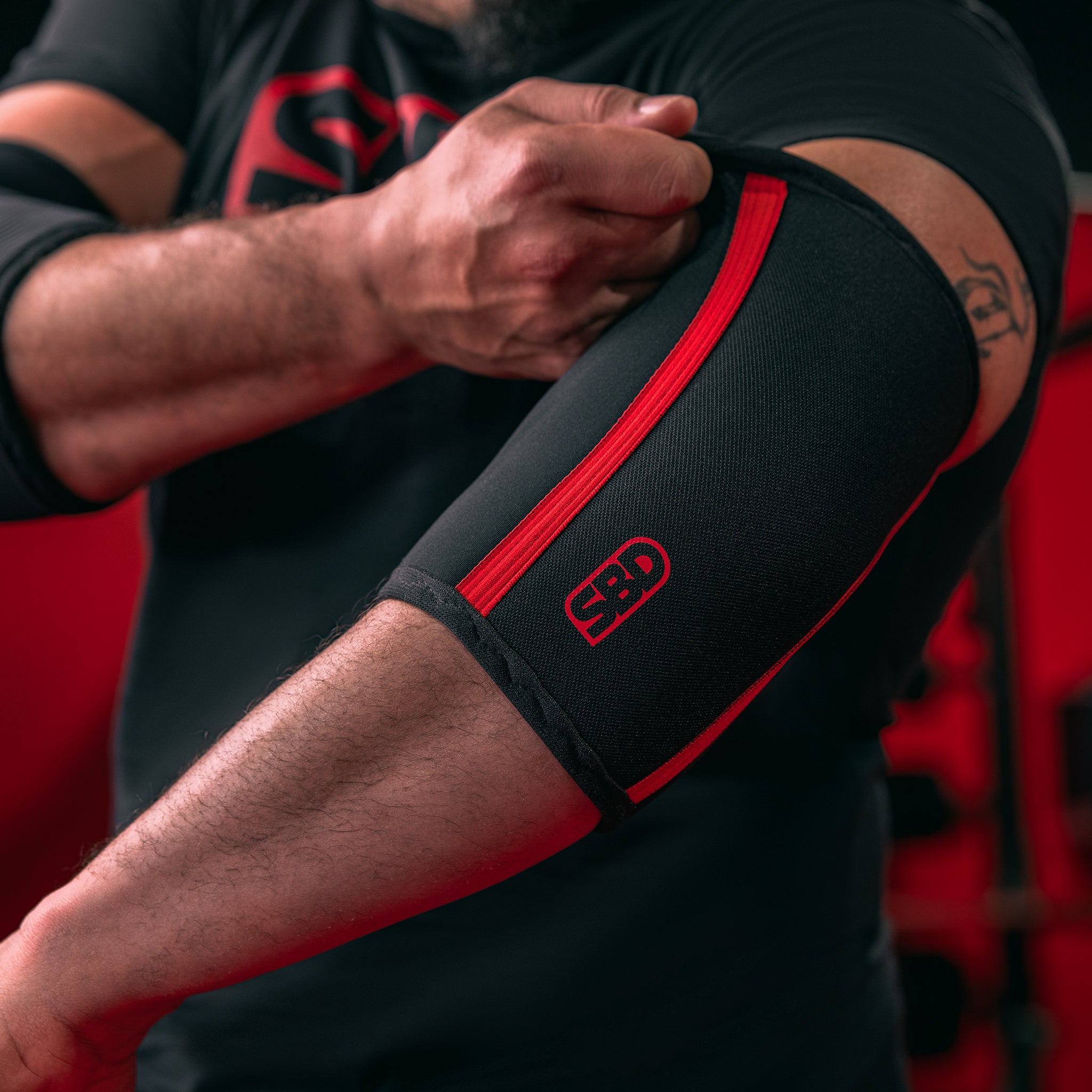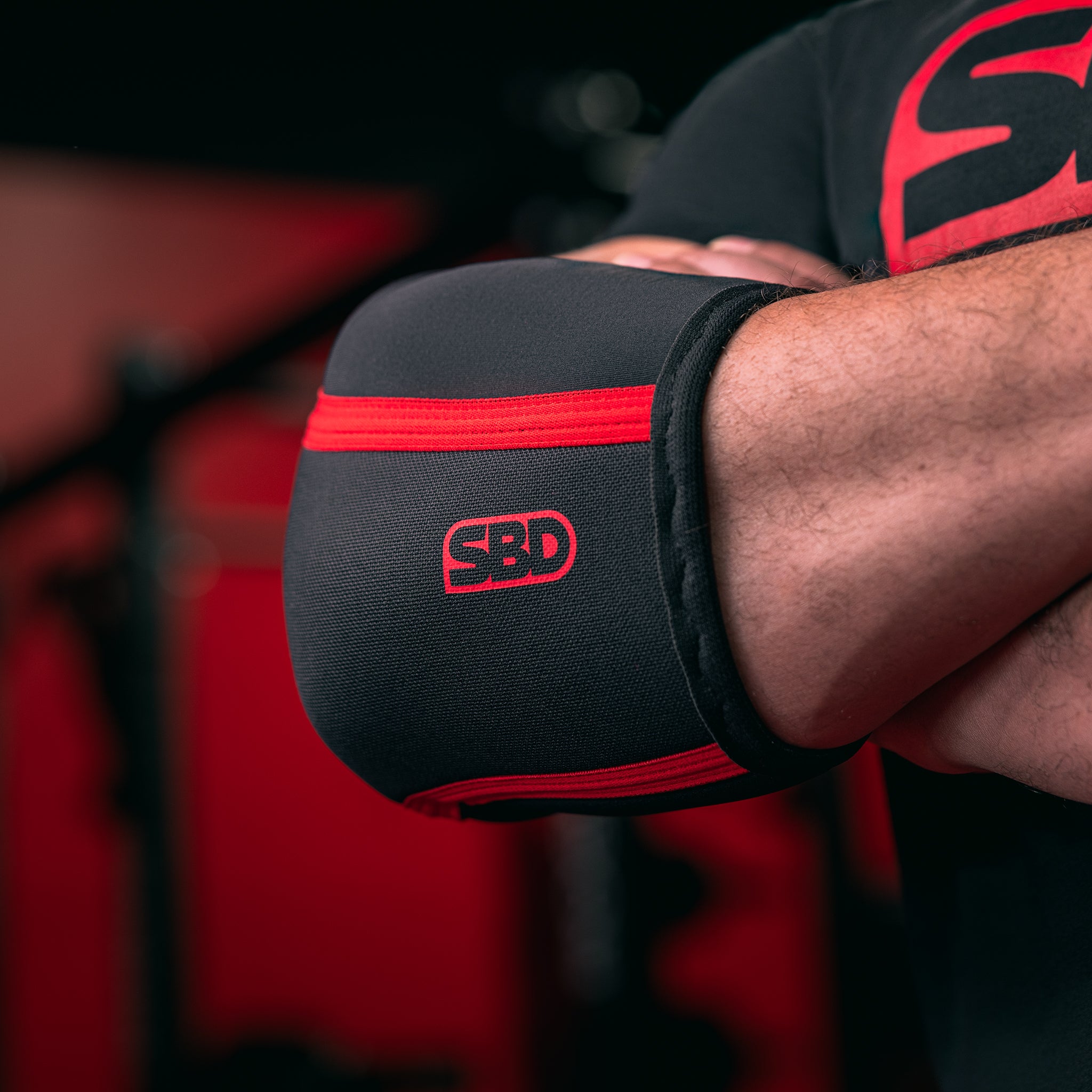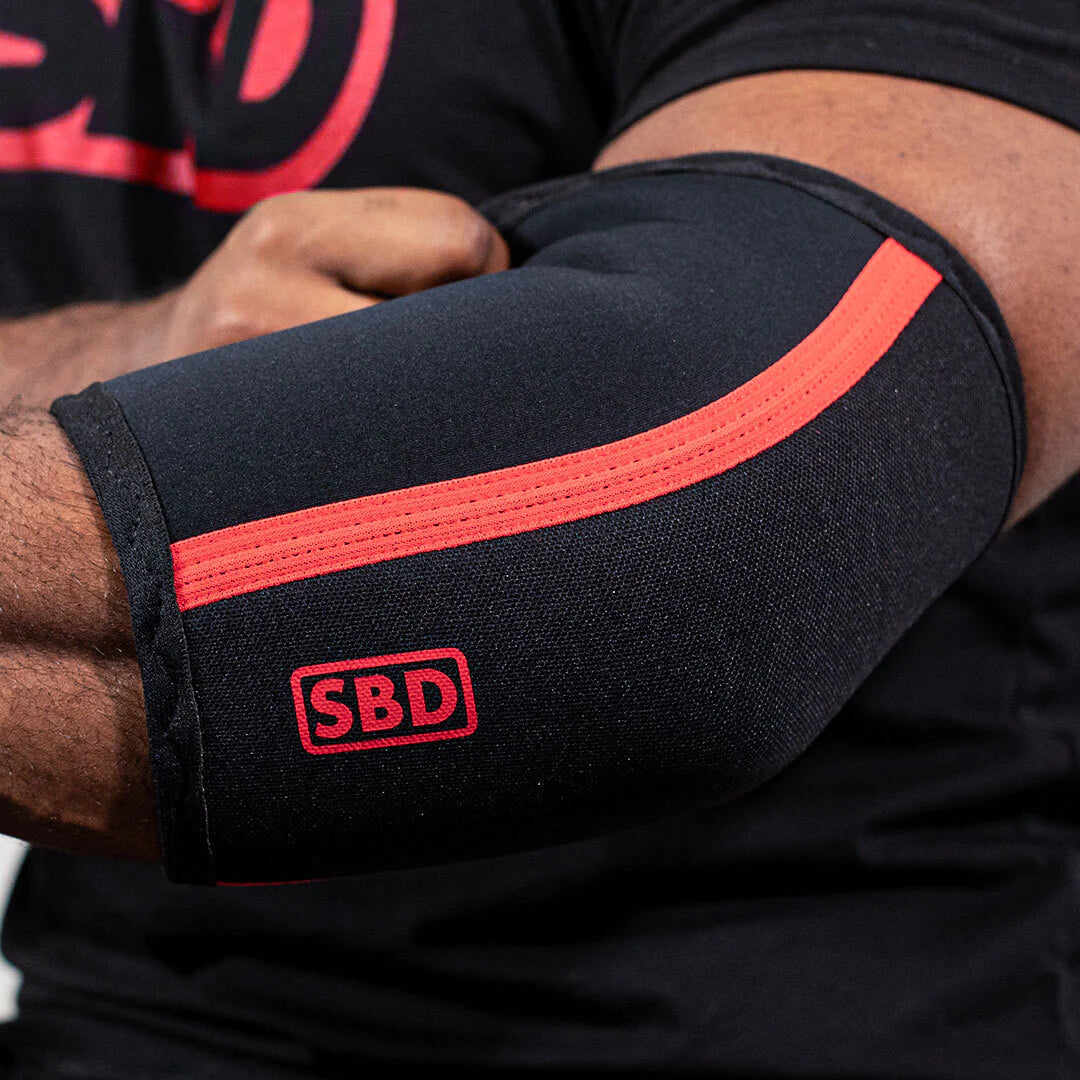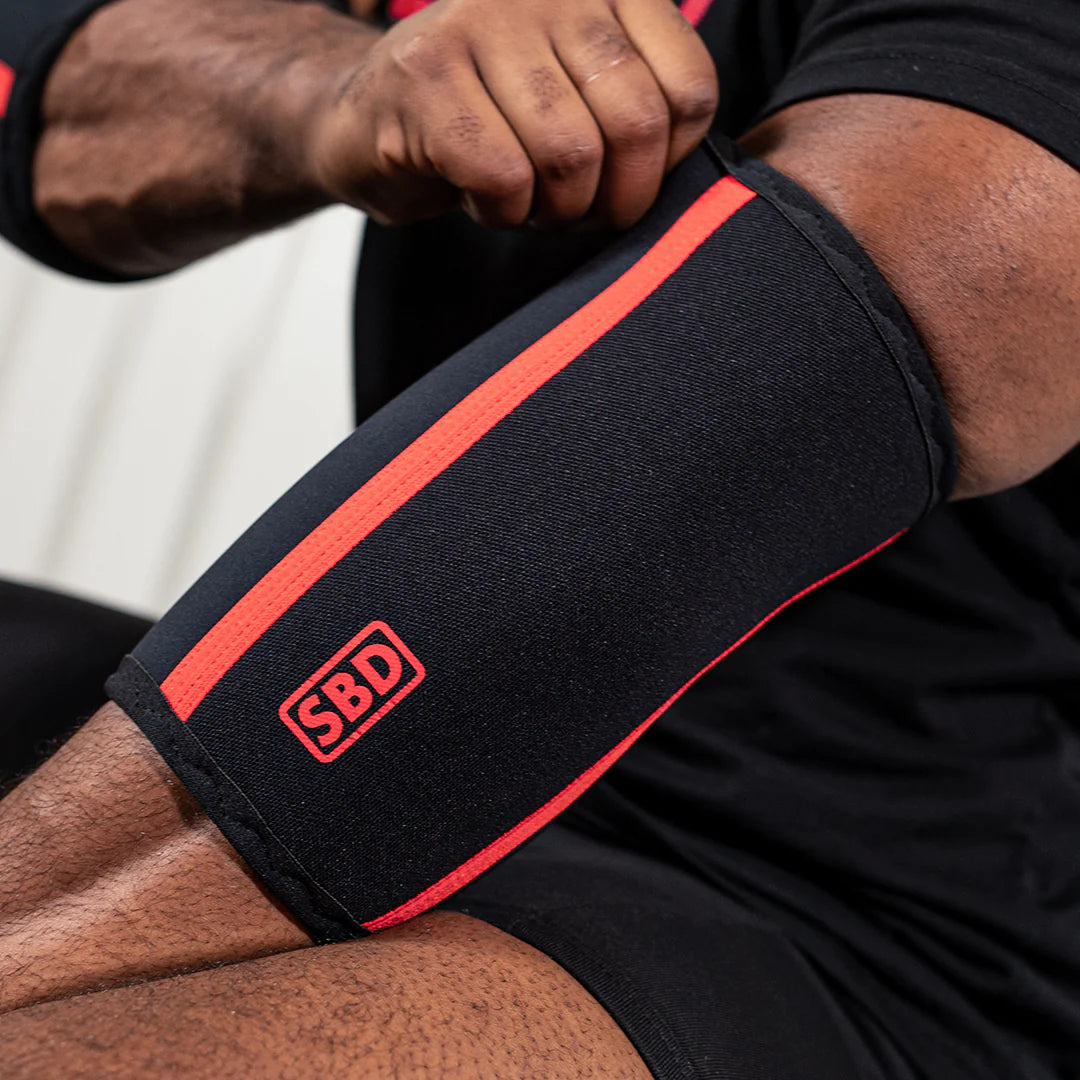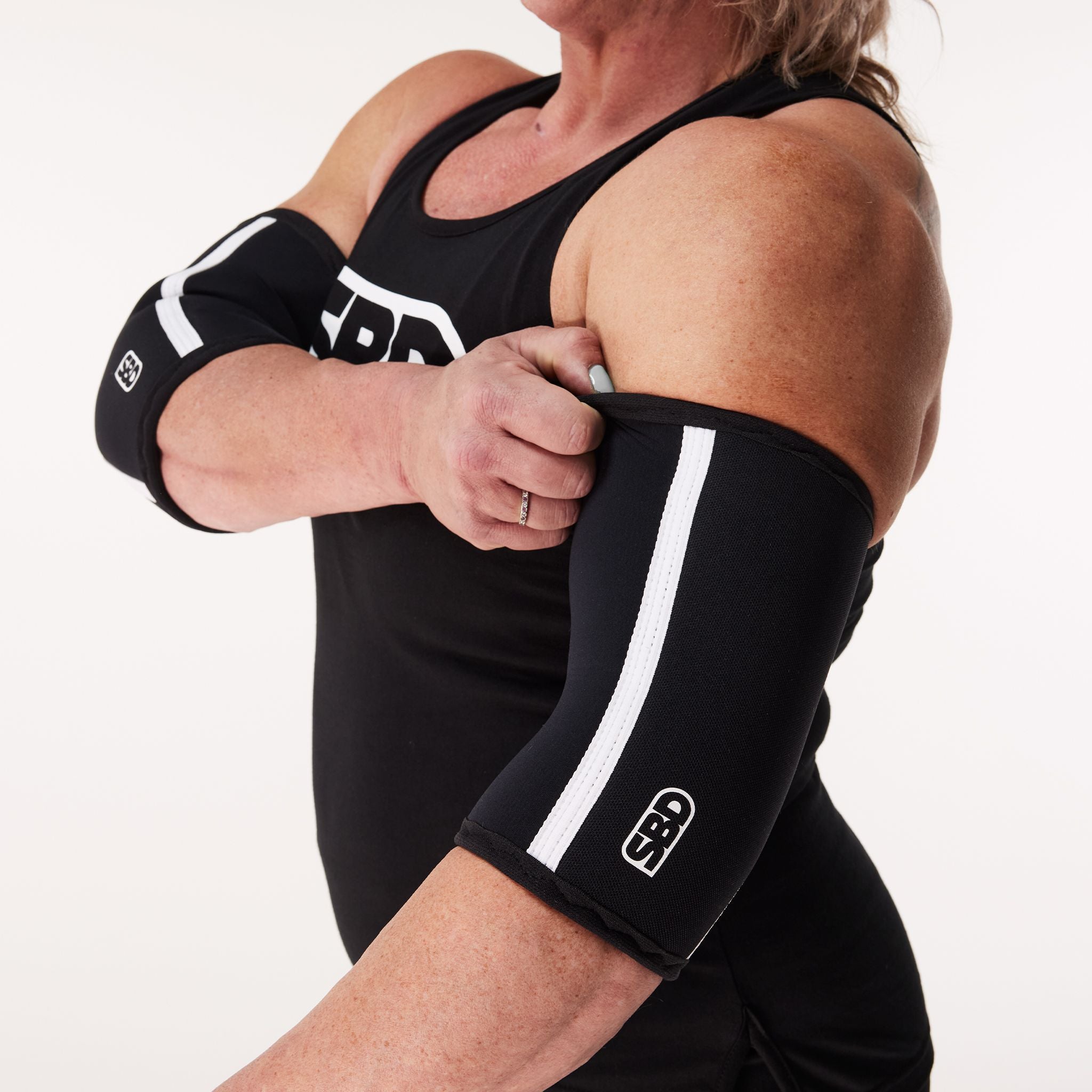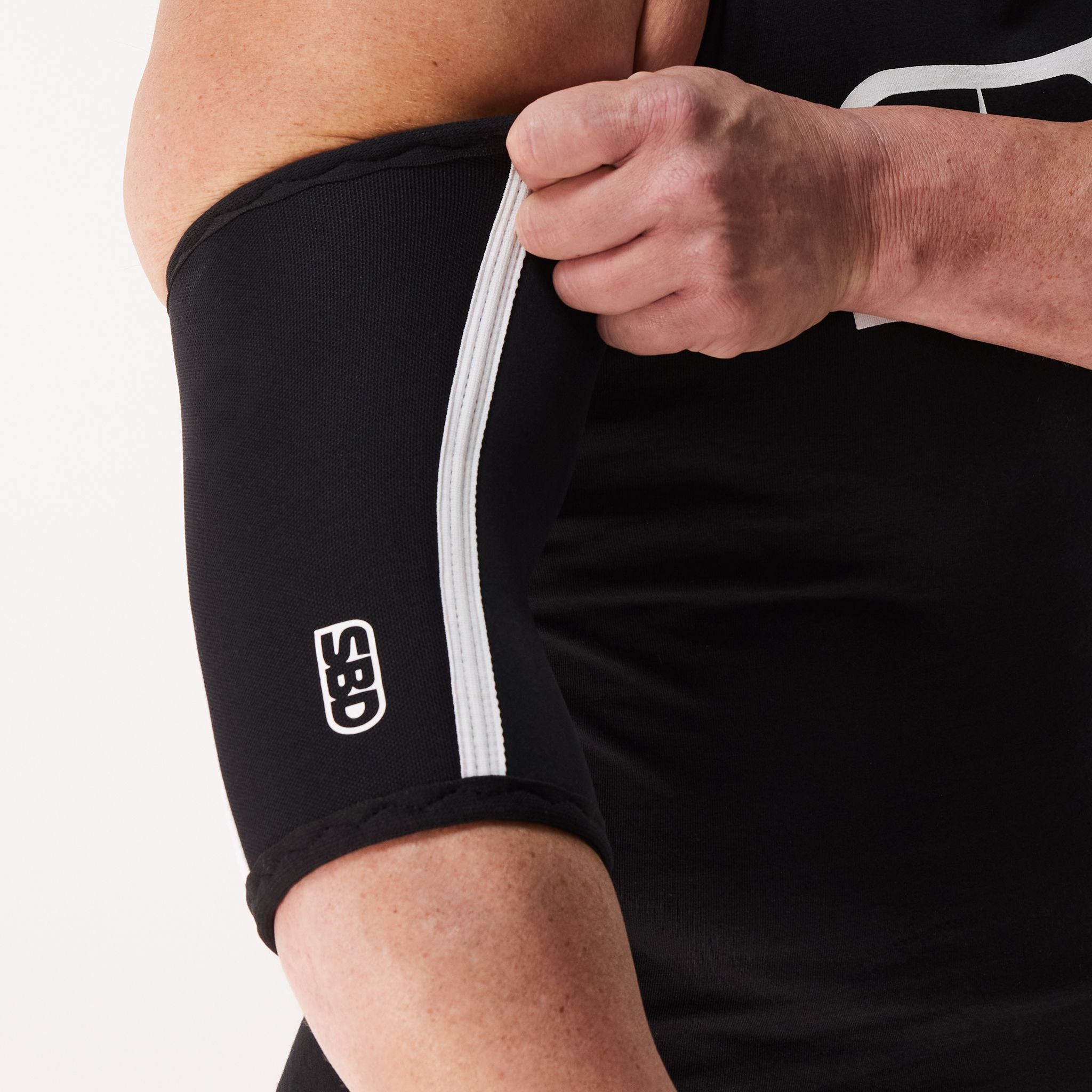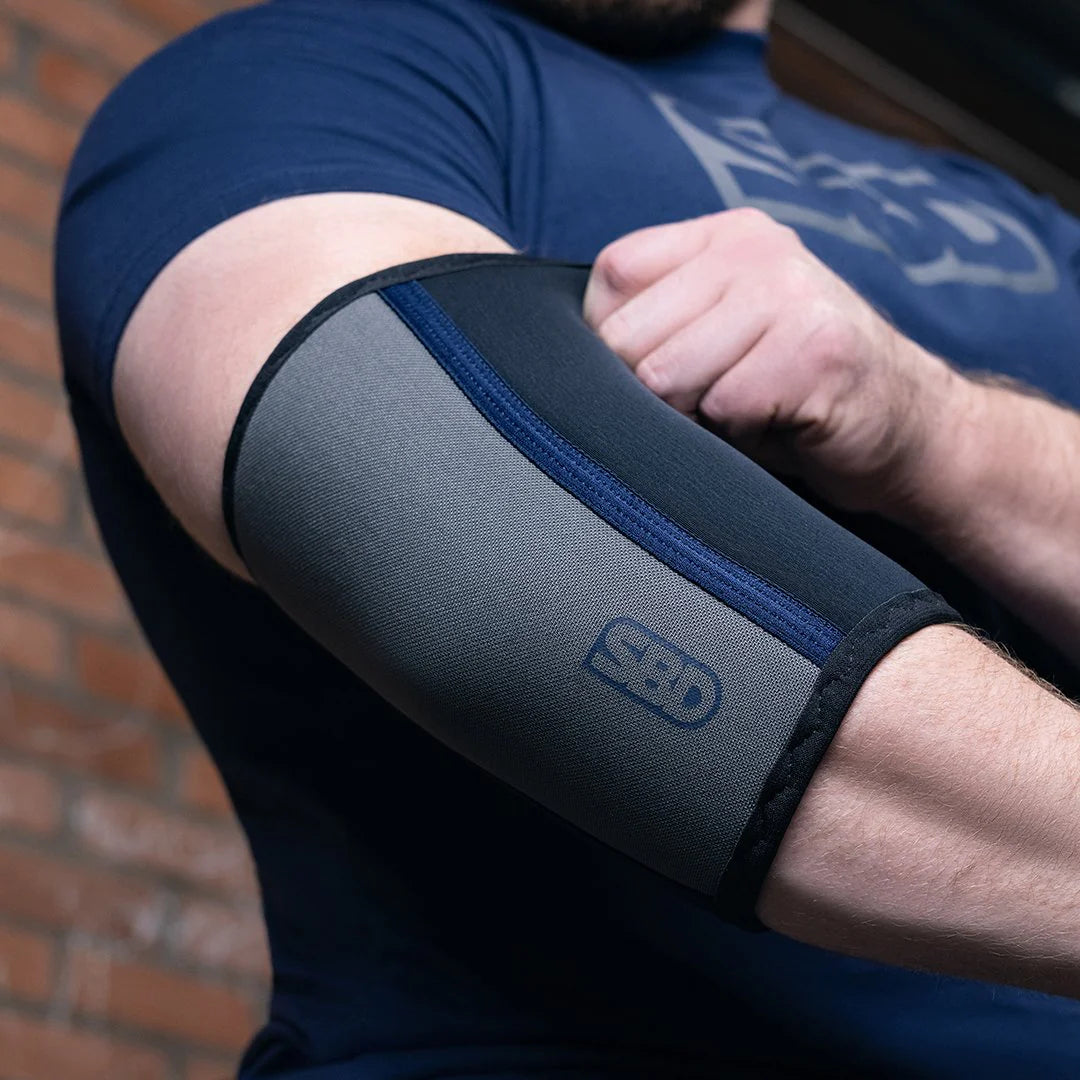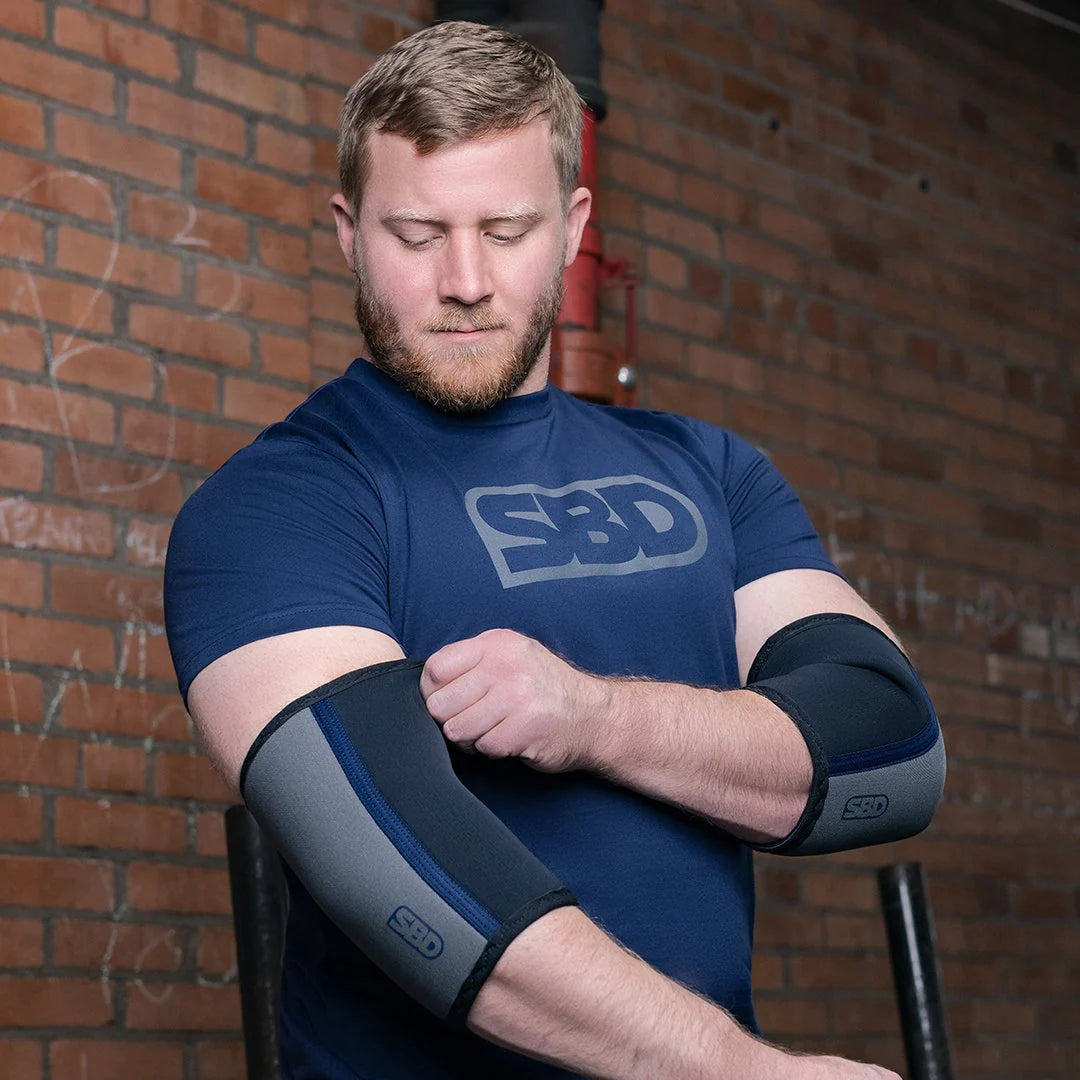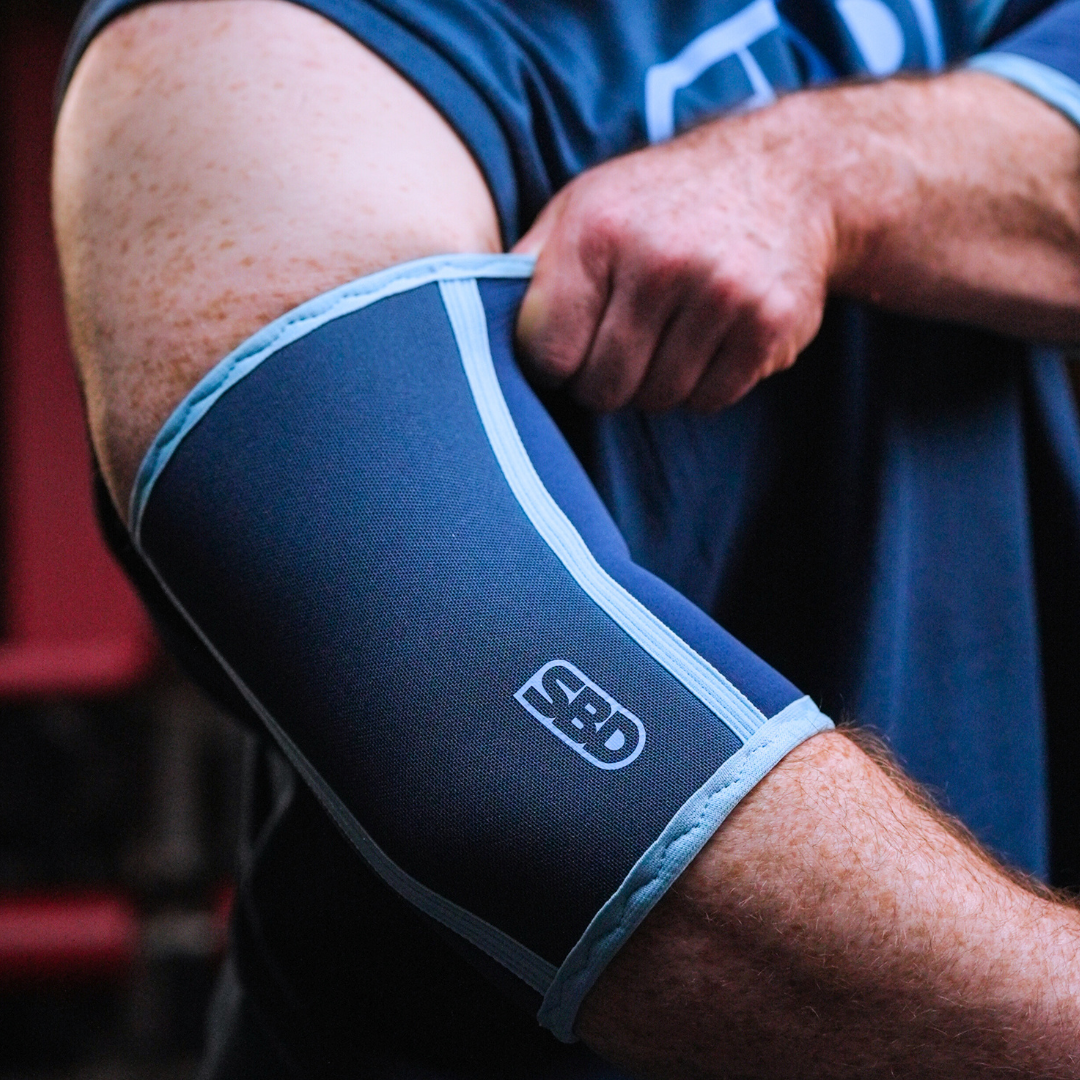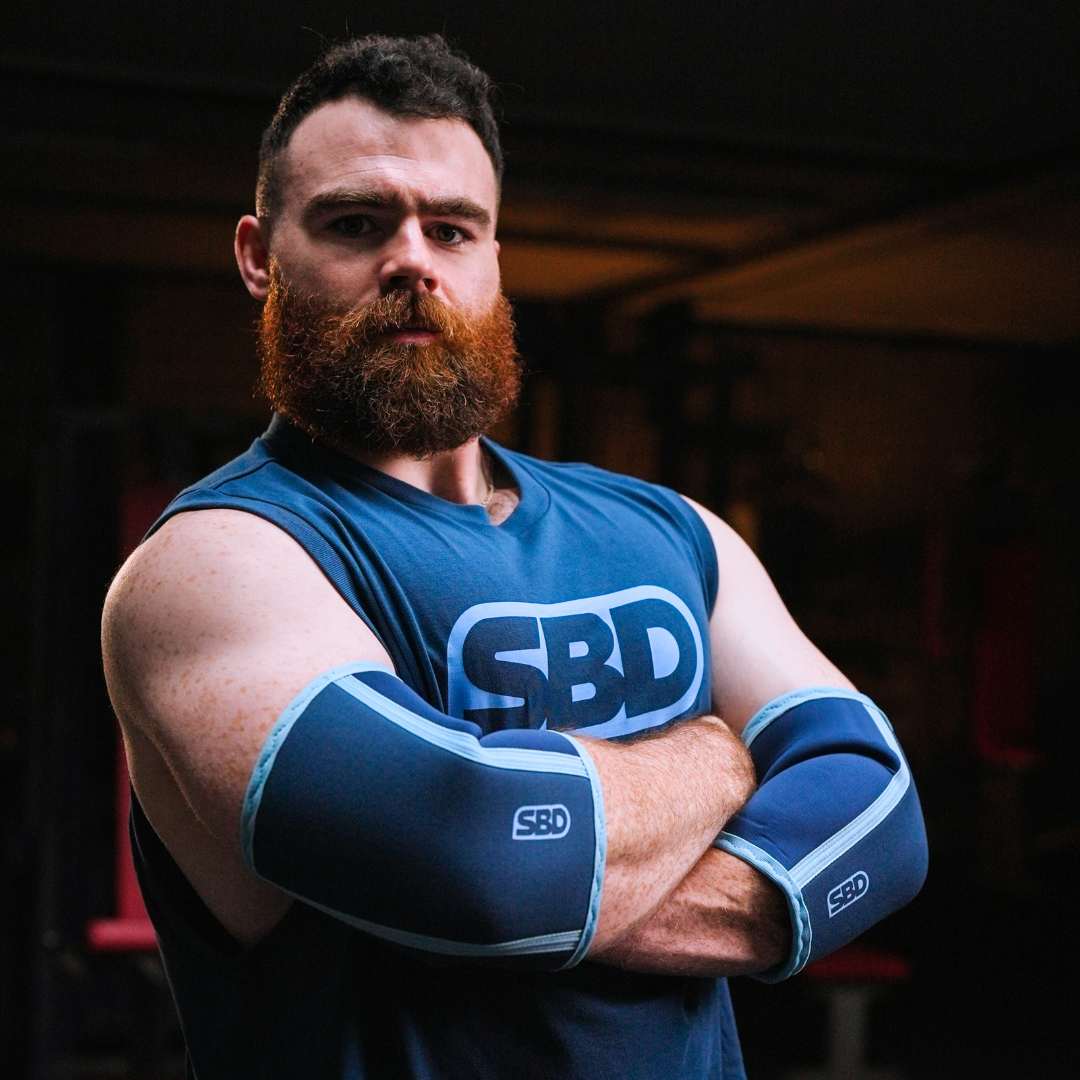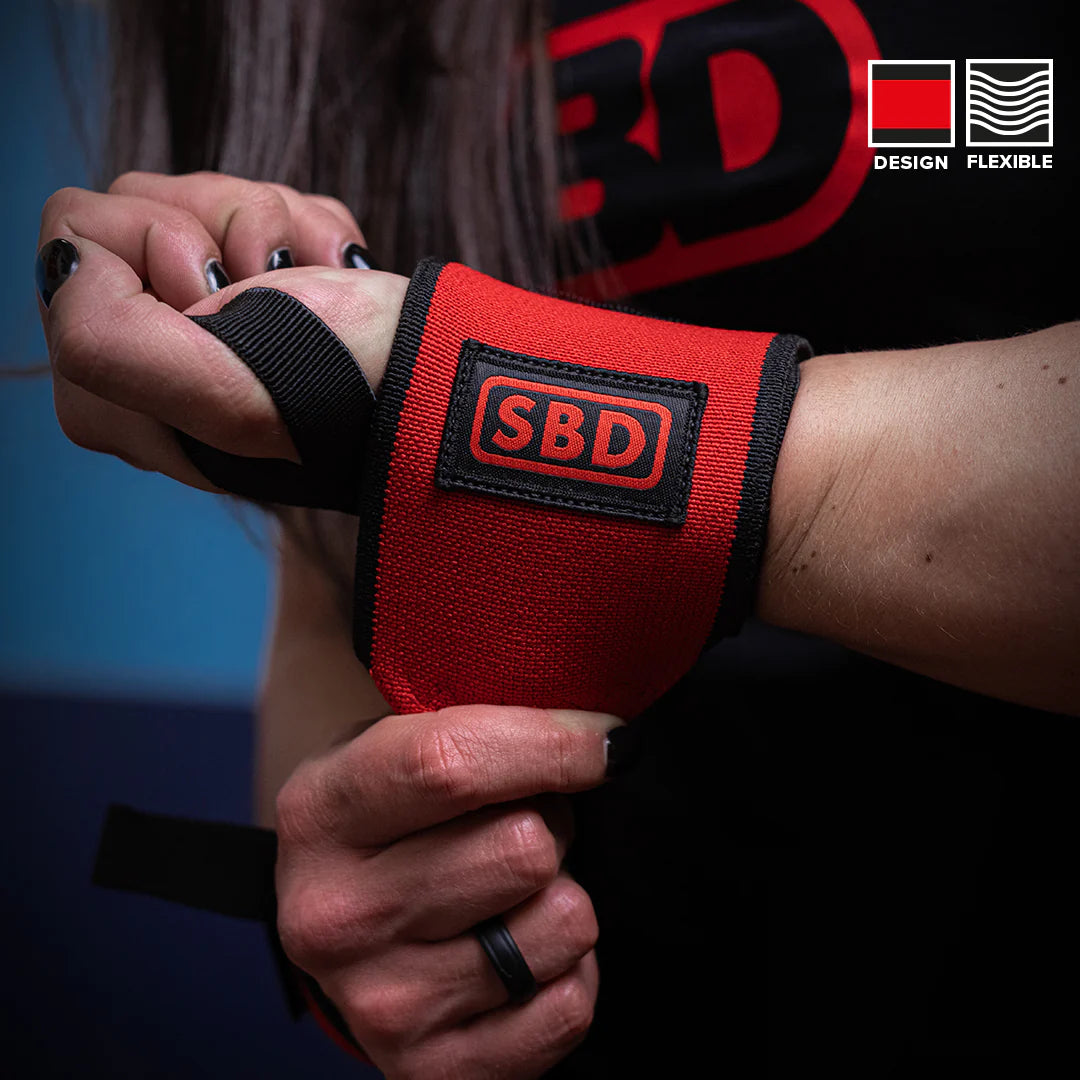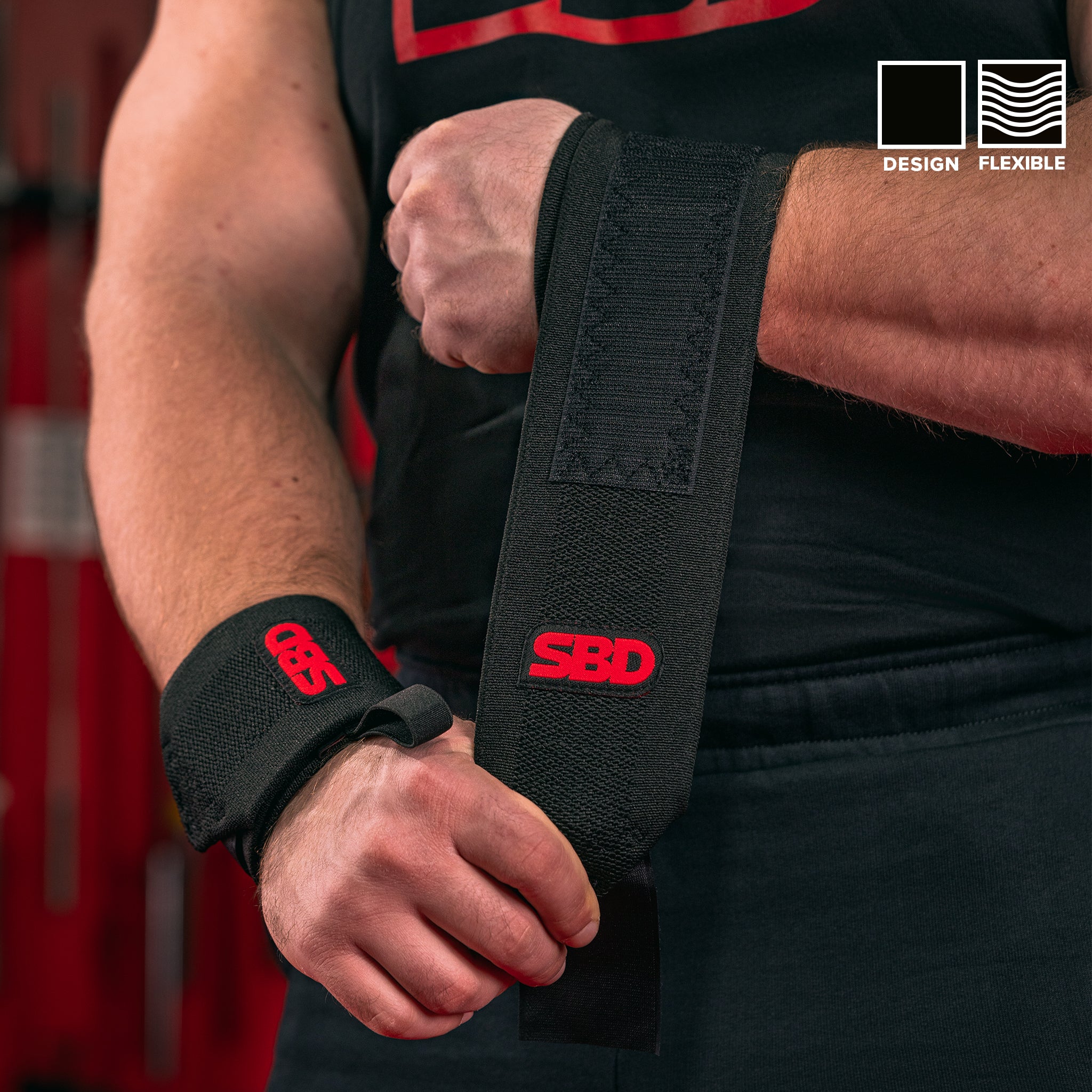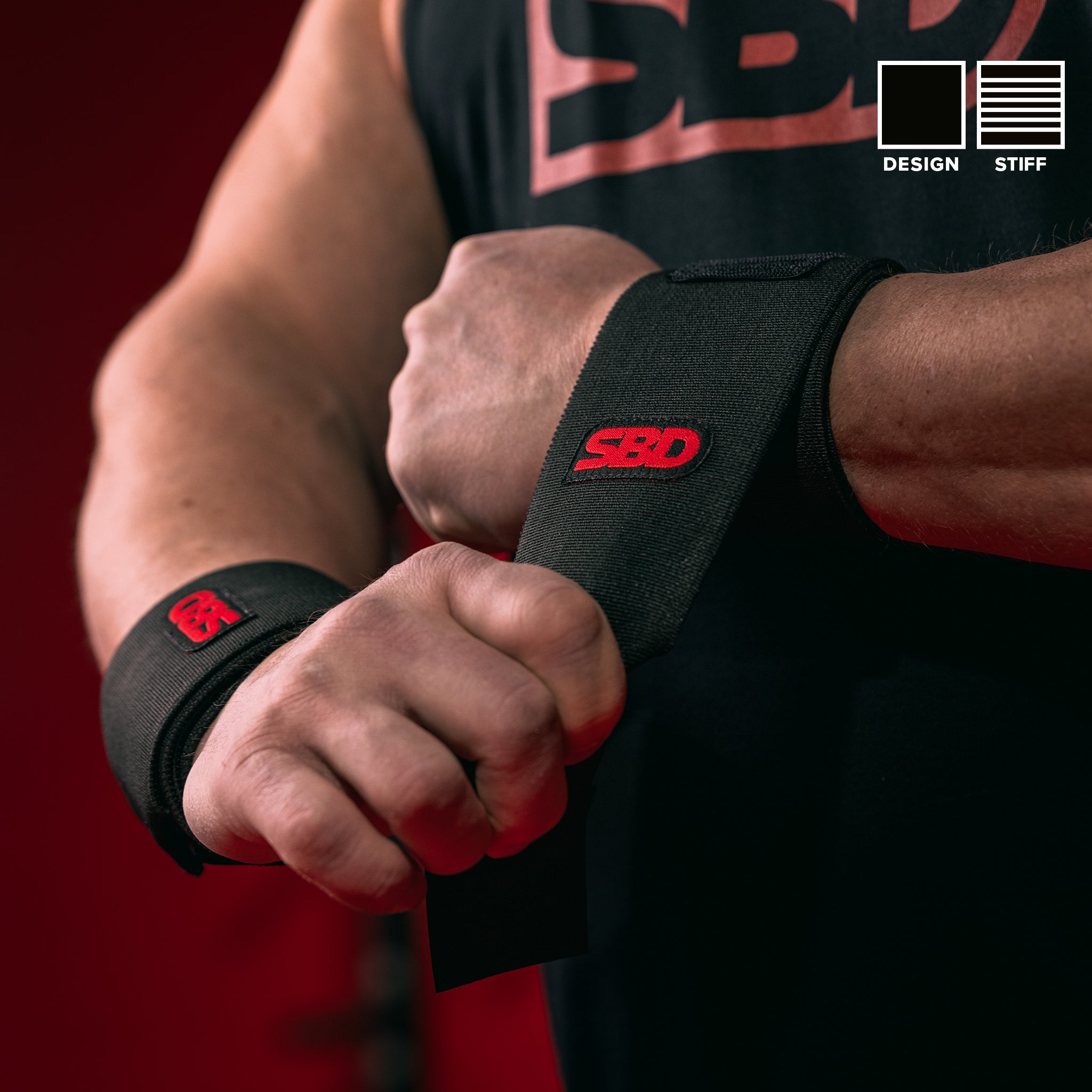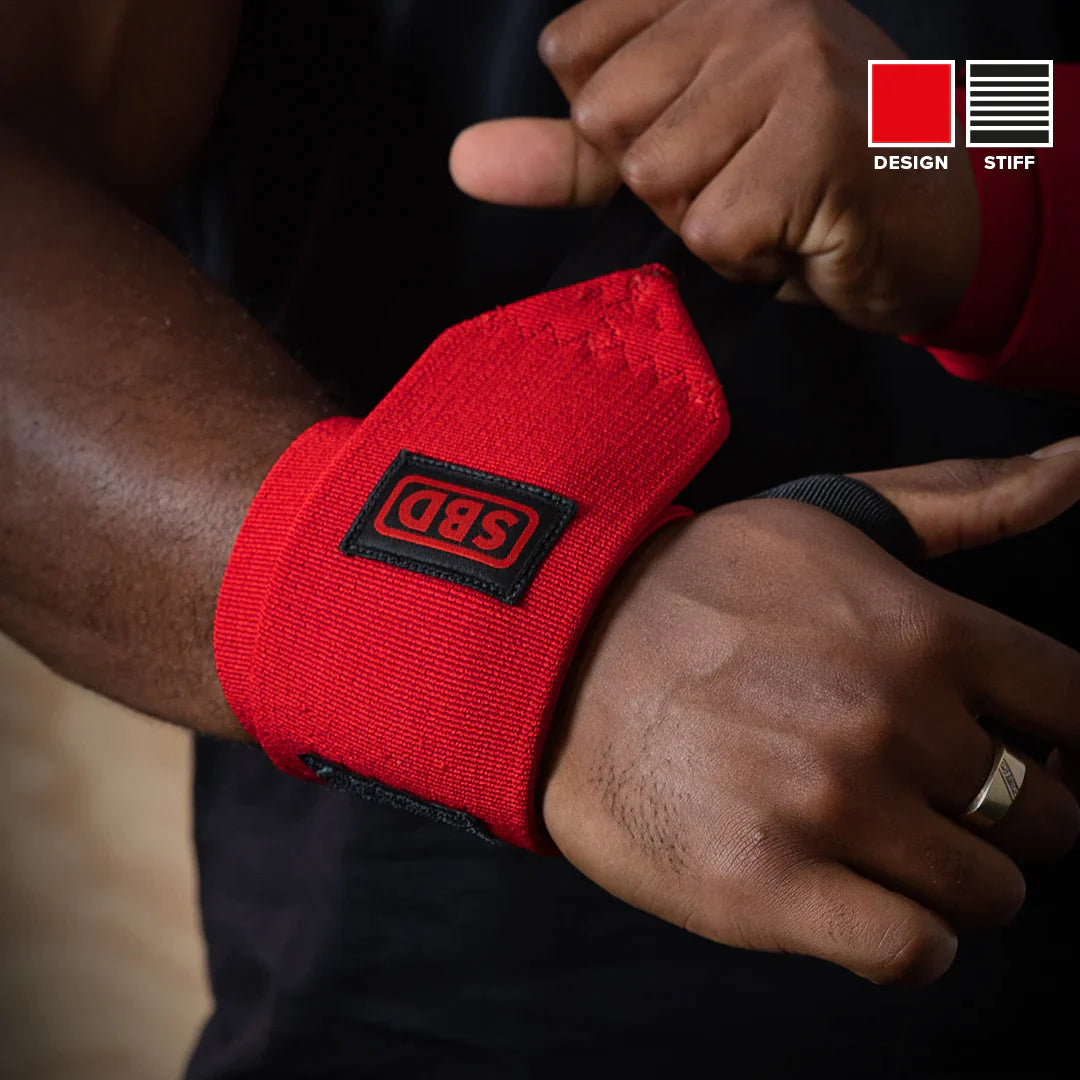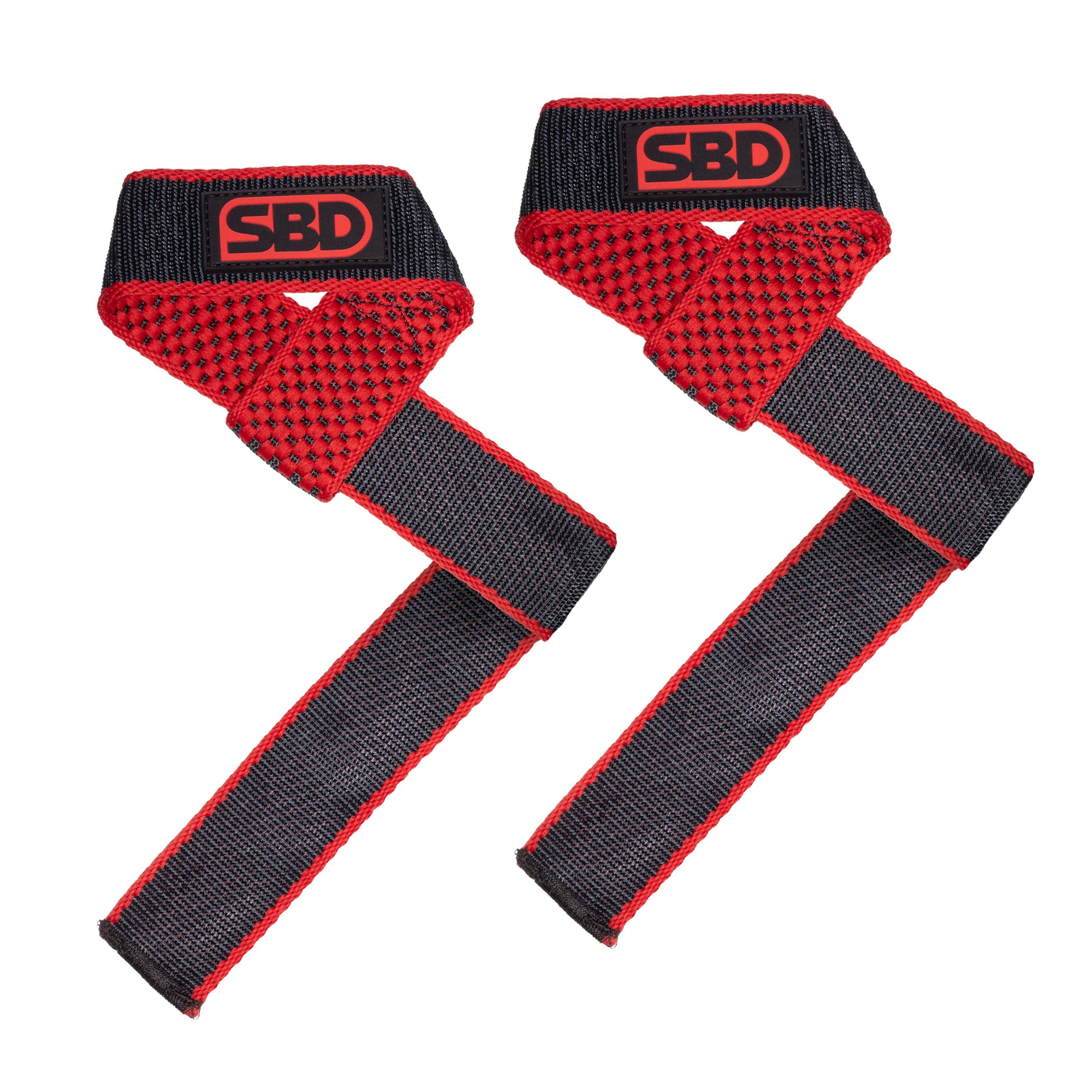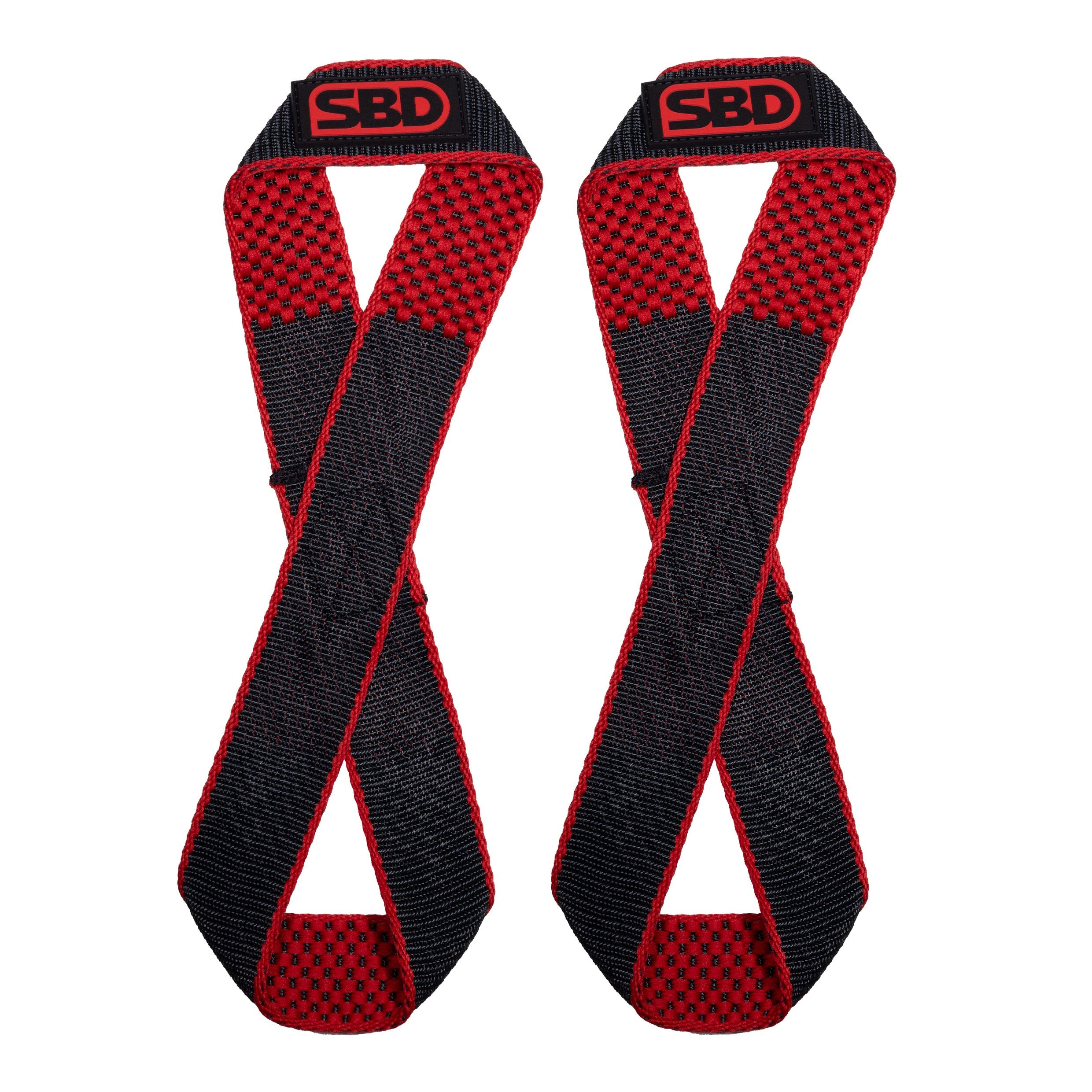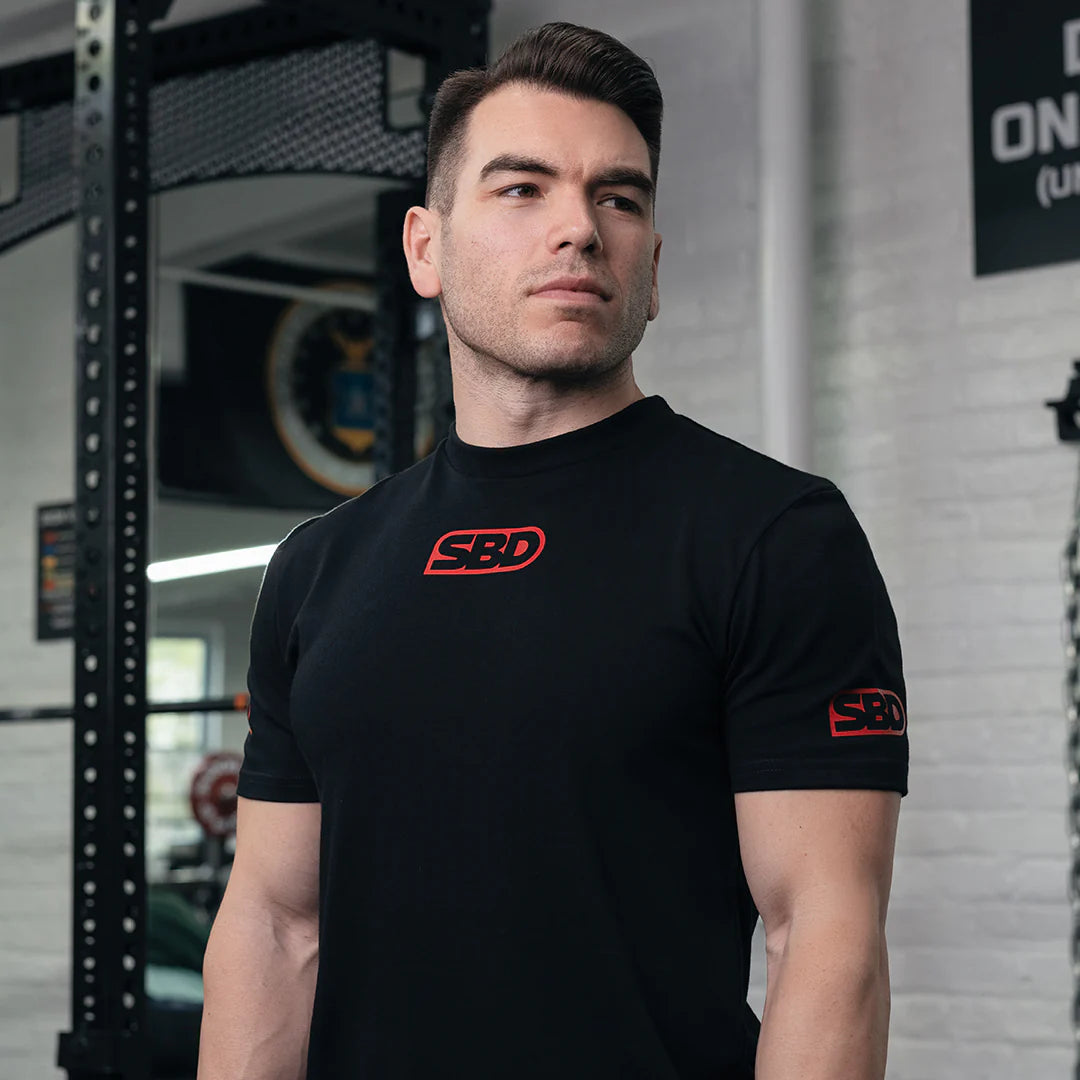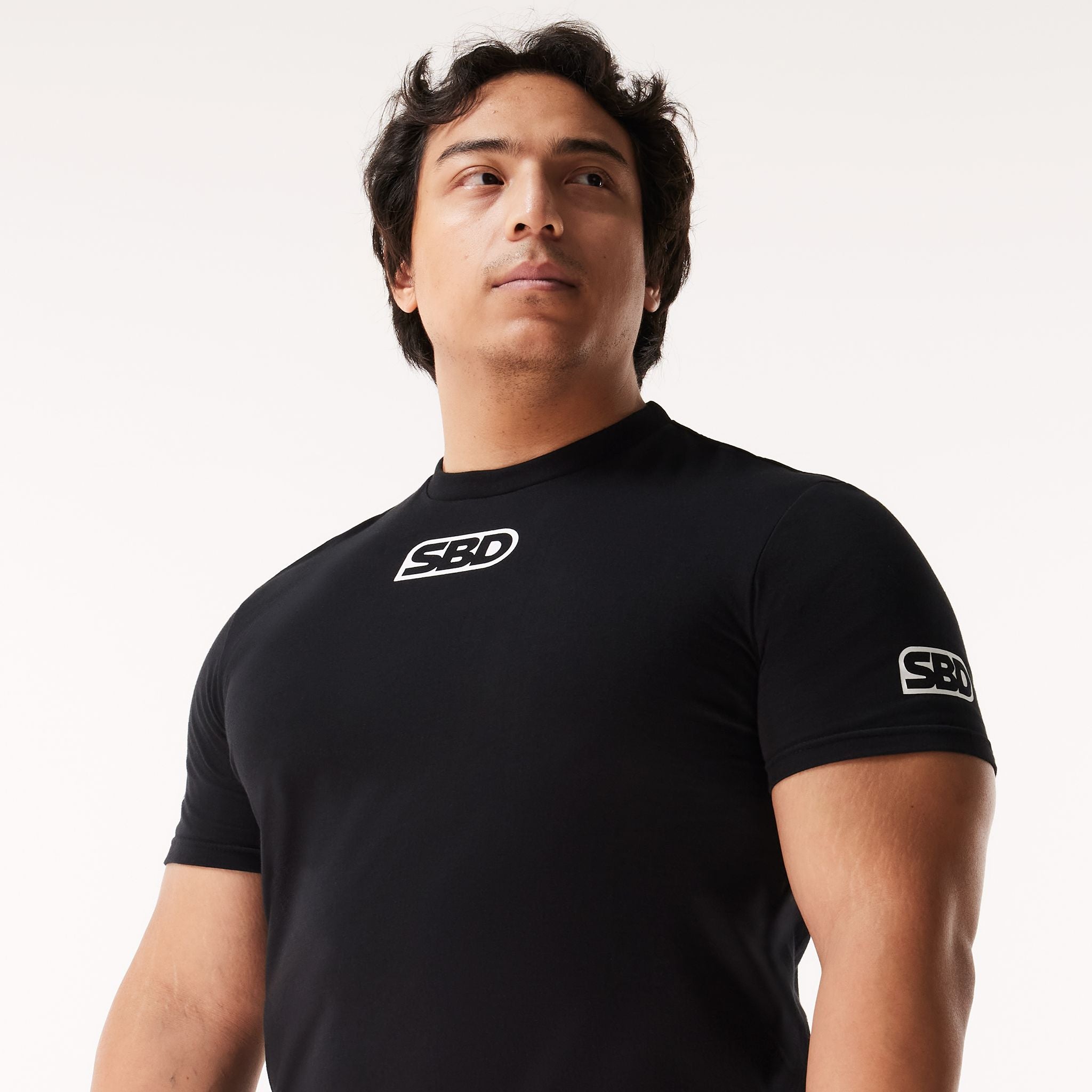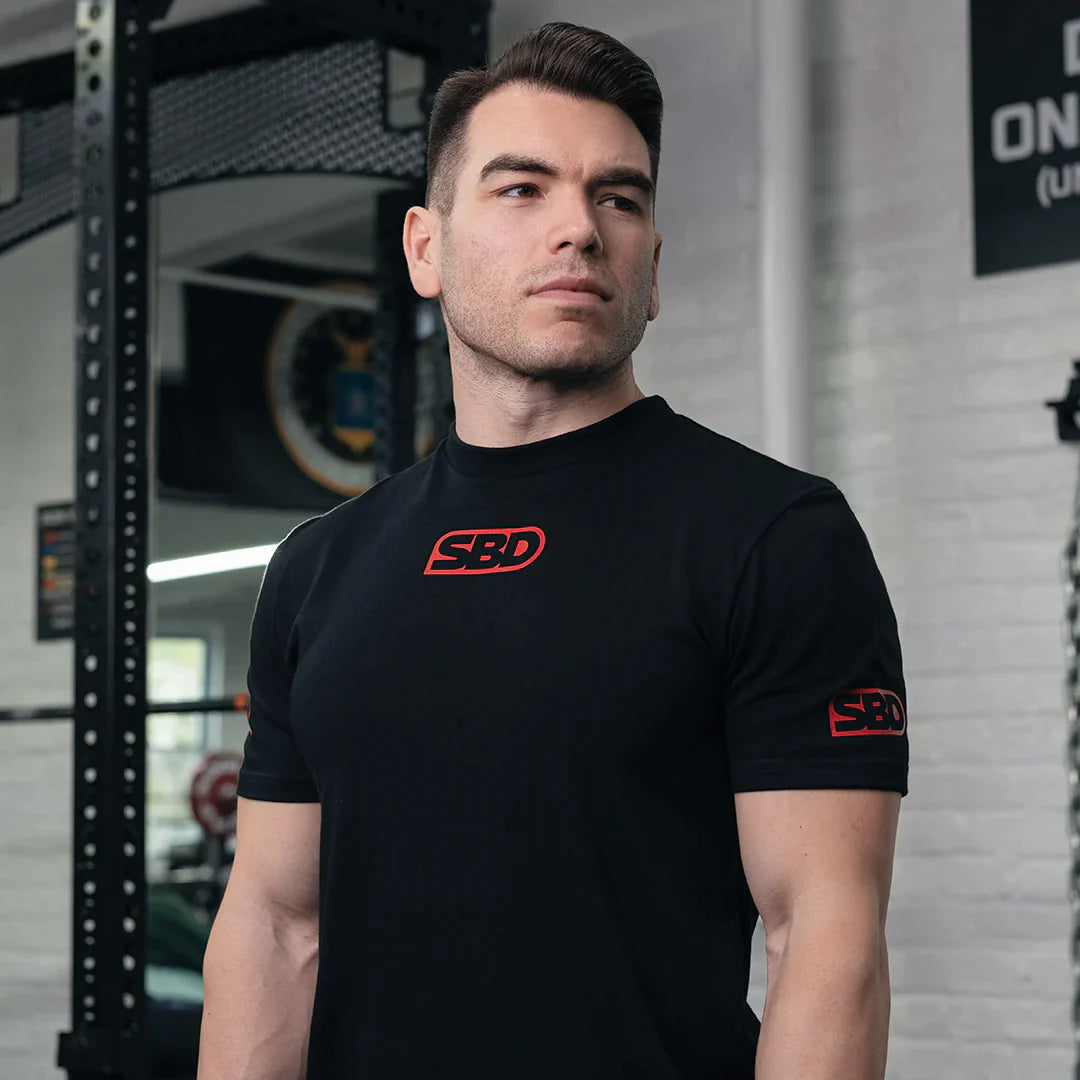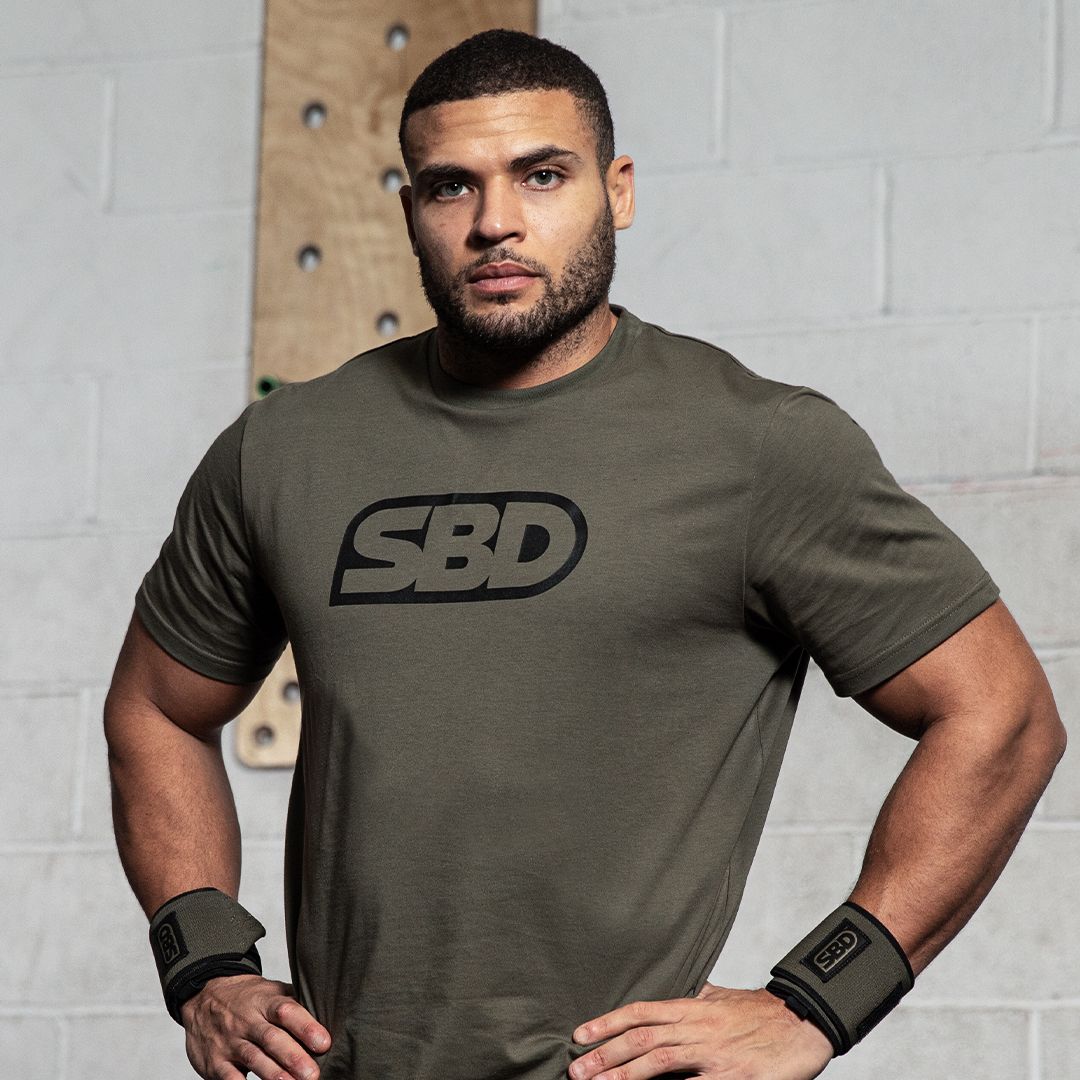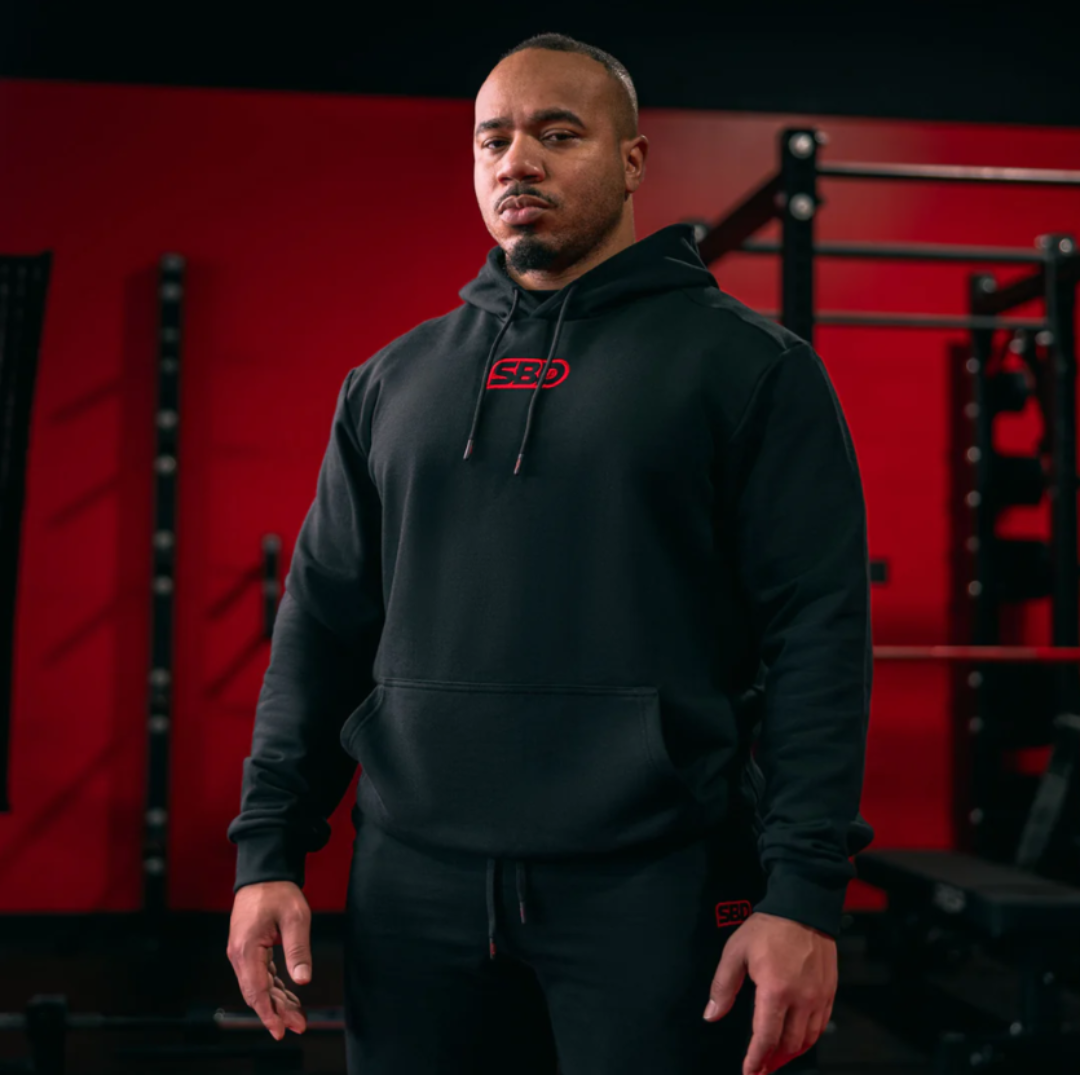Bench pressing is one of the cornerstone exercises in strength training, and like any complex lift, small details can make a big difference. One question that divides gym-goers and fitness experts alike is whether your feet should remain flat on the ground or be elevated during the movement. Each choice impacts performance, safety, and even your long-term fitness goals. Let's explore this topic in detail, breaking down the benefits, drawbacks, and key considerations for both approaches.
Introduction to Bench Press Technique
The bench press is a compound exercise designed to develop upper body strength by targeting muscles like the chest, shoulders, and triceps. A proper bench press is not just about lifting the barbell; it requires coordinated movement, optimal grip, and yes—correct foot positioning.
Feet placement may seem trivial at first glance, but it directly affects stability, power transfer, and overall performance. This article explores whether flat feet or elevated feet suit your bench press routine best.
Anatomy of the Bench Press Movement
Your body acts as a kinetic chain during the bench press, meaning each part contributes to the lift.
- Muscles Involved: The primary muscles are the pectoralis major (chest), deltoids (shoulders), and triceps brachii (upper arms). Secondary stabilisers include the core and lower body.
- Role of Feet in Bench Press Stability: Feet anchor your body, creating a solid base. Without proper placement, energy dissipates, leading to inefficient lifts.
Debate: Flat Feet vs. Elevated Feet
Why does this matter? The answer lies in biomechanics. Flat feet offer a stable base for transferring force, while elevating feet changes the dynamics of the lift, reducing lower-body involvement.
Historically, powerlifters preferred flat feet for stability, whereas bodybuilders might elevate their feet for isolation. Understanding your goal is key to making the right choice.
Benefits of Keeping Feet Flat During Bench Press
- Enhanced Stability: Flat feet provide a sturdy foundation, ensuring balance throughout the lift.
- Improved Power Transfer: Proper leg drive amplifies force, helping lift heavier weights.
- Consistency in Form: A stable base reduces unnecessary movement, improving form and reducing injury risks.
Drawbacks of Keeping Feet Flat
- Limited Range of Motion: Flat feet may restrict natural back arching, slightly reducing your pressing range.
- Potential for Lower Back Stress: Incorrect arching techniques can strain the lumbar spine.
Benefits of Elevating Feet During Bench Press
- Reduction in Arching: Elevating feet minimises excessive arching, which some lifters find uncomfortable or unsafe.
- Focus on Upper Body Strength: By isolating upper body muscles, this method emphasizes chest and tricep activation.
- Possible Injury Mitigation: For those with lower back pain, removing leg drive can reduce strain.
Drawbacks of Elevating Feet
- Compromised Stability: Elevated feet reduce contact points with the ground, increasing instability risks.
- Reduced Lower Body Engagement: This method diminishes leg drive, which is essential for lifting maximal weights.
When to Choose Flat Feet
- For Powerlifting Goals: Flat feet are ideal for lifters aiming to maximise strength and stability.
- Maximising Stability and Strength: If your goal is to push the heaviest weights, flat feet provide unmatched support.
When to Choose Elevated Feet
- Rehabilitation or Injury Recovery: Elevating feet reduces stress on the spine, making it a preferred choice during recovery.
- Isolation of Specific Muscles: Lifters targeting the chest or triceps may benefit from removing leg drive.
How to Transition Between Techniques Safely
- Understanding Body Mechanics: Learn how each position affects your biomechanics before switching.
- Gradual Adjustments in Training: Begin with lighter weights and progressively adapt to the new setup.
Tips for Proper Foot Placement During Bench Press
- Flat Foot Positioning Guide: Keep your feet flat, toes pointed slightly outward, and knees at a natural angle.
- Elevated Foot Setup Guide: Use a bench or block to support your feet, ensuring they remain level.
- Common Mistakes to Avoid: Avoid uneven weight distribution and sudden changes without practice.
Equipment and Accessories for Bench Press
Consider using accessories like anti-slip mats or foot blocks for enhanced stability during either approach.
The Importance of Flat Feet for Powerlifting: Following IPF Rules
For competitive powerlifters, particularly those participating in International Powerlifting Federation (IPF) events, foot placement is not just a matter of preference—it's a requirement. The IPF rulebook clearly states that feet must remain flat on the ground during the bench press, making this technique essential for anyone looking to compete in the sport.
Why Flat Feet Are Crucial for Powerlifters
- Compliance with Competition Rules: If you are training for powerlifting competitions, keeping your feet flat on the ground is non-negotiable. Failing to do so could result in a no-lift decision, regardless of how well the press is executed.
- Foundation of Bench Press Technique: Since flat feet are mandated in competitions, it should become the foundation of your bench press training. Building your strength and technique with flat feet ensures consistency when it matters most—on the platform.
- Optimal Leg Drive: Flat feet enable the use of leg drive, which is a powerful tool in maximising your lift. The ability to push through the ground and transfer energy through the body to the barbell can significantly enhance performance.
Using Elevated Feet as an Accessory Lift
While the primary focus for powerlifters should be on keeping their feet flat, incorporating elevated feet bench presses can still have value as an accessory movement. When used strategically in training, elevated feet can:
- Build a Stronger Bench Press: By isolating the upper body, you can target specific muscle weaknesses that may limit your overall performance.
- Reduce Spinal Load: Elevated feet can minimise lower back arching, offering a safer variation for those managing lower back issues during accessory work.
For those training specifically for IPF competitions, elevated feet should remain a supplementary exercise, not the mainstay of your bench press programme. Prioritise flat feet in your core training sessions to ensure competition readiness while leveraging elevated feet variations to improve overall strength and stability.
FAQs About Foot Position During Bench Press
- Is Flat Foot Safer? Flat feet offer more stability and are safer for heavy lifts.
- Can Elevated Feet Reduce Lower Back Pain? Yes, especially for those with pre-existing conditions.
- Does Foot Placement Affect Gains? Absolutely. Choosing the right method can optimise strength or muscle growth.
- Should Beginners Start with Flat Feet? Most experts recommend flat feet for learning proper form.
- How Does Leg Drive Work? It transfers energy from your legs to the barbell for increased power.
- Are Elevated Feet Allowed in Competitions? No, most competitions mandate flat feet.
Which Option Is Best for You?
Your decision depends on your goals, anatomy, and current fitness level. Flat feet are ideal for heavy lifters, while elevated feet suit those isolating muscles or managing back pain. Experiment with both to find what works best.

